Meet Ningaloo Reef: Australia’s favourite West Australian coastal region that’s packed with luxury, untouched coral reefs, thriving wildlife and, of course, tropical-like weather that will make you never want to leave.
Sitting just a short drive from Exmouth, one of the 10 must-visit Australian towns of 2021, Ningaloo Reef seems like a magical destination waiting to be explored. So, before you pack your bags, we’ve put together this guide with six reasons (including some handy travel tips) as to why you should visit Ningaloo Reef in 2021!
What is the best time to visit Ningaloo Reef, Western Australia:
Pending on your reason to visit, the best time to visit Ningaloo Reef each year are the months from March to October. If you’re looking to swim with whale sharks, visit Ningaloo Reef from mid-March to late July.
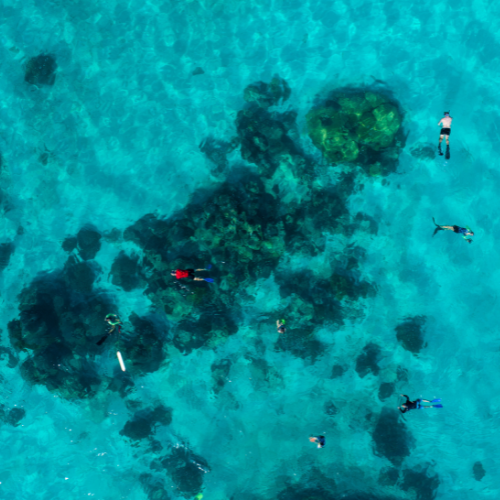
Image supplied via Tourism Western Australia.
1. Explore One of Australia's Magical, Untouched Coral Reefs
Unlike the devastating coral bleaching that has sadly impacted much of the Great Barrier Reef, Ningaloo Reef’s spearmint coastline fortunately remains unspoilt. This may be due to its isolated location and limited facilities.
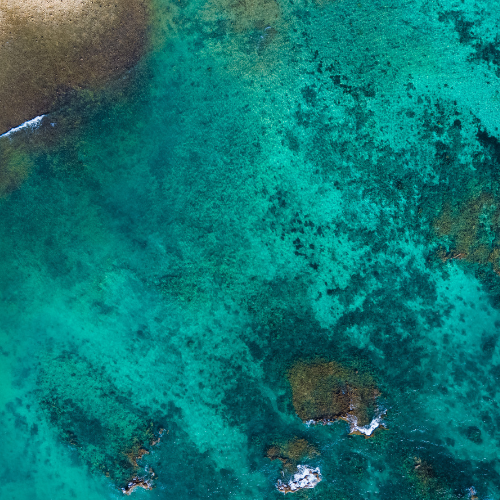
Image supplied via Tourism Western Australia
2. Feel Good Knowing Your Trip is Sustainable
You can feel good about a trip to Ningaloo Reef as the region and its wildlife are safeguarded with strict regulations and is fiercely protected by its locals. Its whale shark industry happens to be the most environmentally friendly and sustainable in the world!
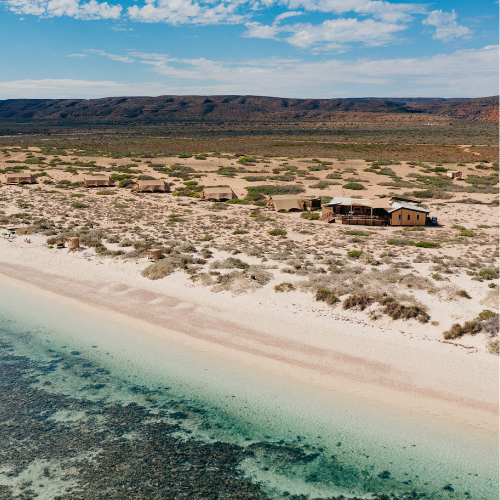
Image supplied via Tourism Western Australia.
3. Experience a Touch of Luxury
Nestled amongst the creamy white dunes, experience the luxuries of five-star Ningaloo Reef accommodation from your own glamping site at Ningaloo’s ecotourism lodge, Sal Salis. Purposely misplaced on Google Maps to ensure ultimate privacy, Sal Salis is not only eco-friendly, but it’s also one of the most luxurious staycations and best glamping sites in Australia.
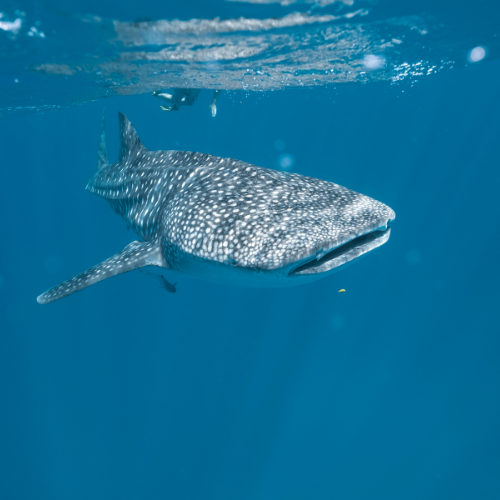
Image supplied via Tourism Western Australia.
4. Get Up Close with Ningaloo's Underwater and On-Land Wildlife
Despite the damaging effects of climate change on wildlife across the country, Ningaloo Reef has no shortage of creatures to see. With whale sharks, manta rays, dolphins, humpback whales, turtles and dugongs soar underwater, on dry land emus and red kangaroos have right of way.
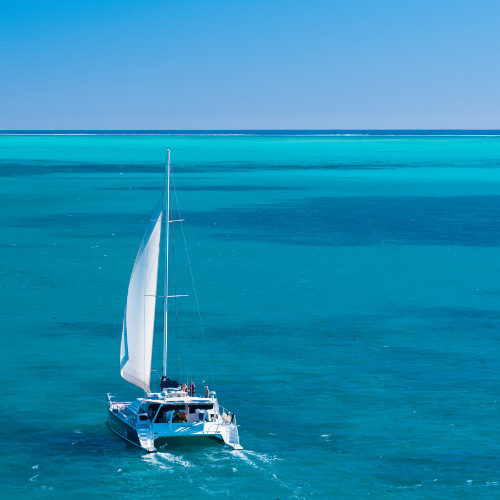
Image supplied via Tourism Western Australia.
5. Stay Busy with Adventure Options Abound
Unlike the Great Barrier Reef, Ningaloo Reef is renowned for being a fringing coastal reef, which in layman terms means you can snorkel from the shore rather than having to get in a boat. If you’d rather stay dry, there’s plenty to do with sailing, kayaking, quad biking, helicopter flights and so much more to enjoy.
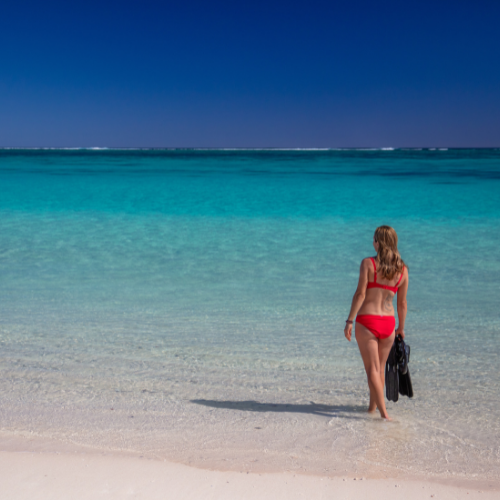
Image supplied via Tourism Western Australia.
6. Take Your Time with No Crowds
If you’re looking how to get to Ningaloo Reef, it’s approximately a 13-hour drive away from Perth. There is a two-hour flight, but we’d much rather the scenic route. Considering its remote location, thankfully not everyone has found it yet so there is no sign of mass tourism or environmental degradation just yet.
Love to explore underwater gardens? Swim your way through the 12 best snorkelling spots around Australia. Or, if you’re keen to travel to the west, here are 10 unique getaway gems to discover around Western Australia.
We acknowledge the traditional owners of the land mentioned in our article, the people of the Thalanyji Nation, and we recognise their continuing connection to land, waters and culture. We pay our respects to their elders past, present and emerging.

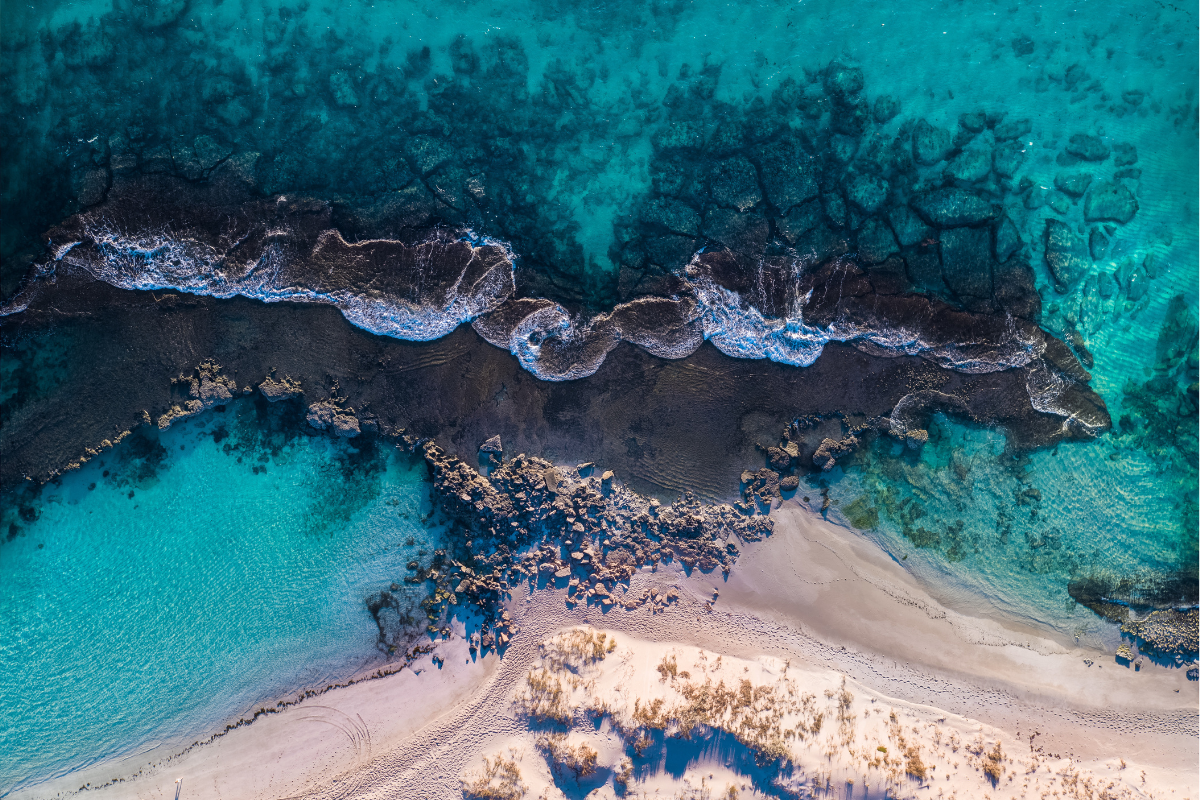

From exploring magical underwater gardens to one of Australia’s best resorts, Ningaloo Reef is one untouched coastal destination you must visit in 2021.